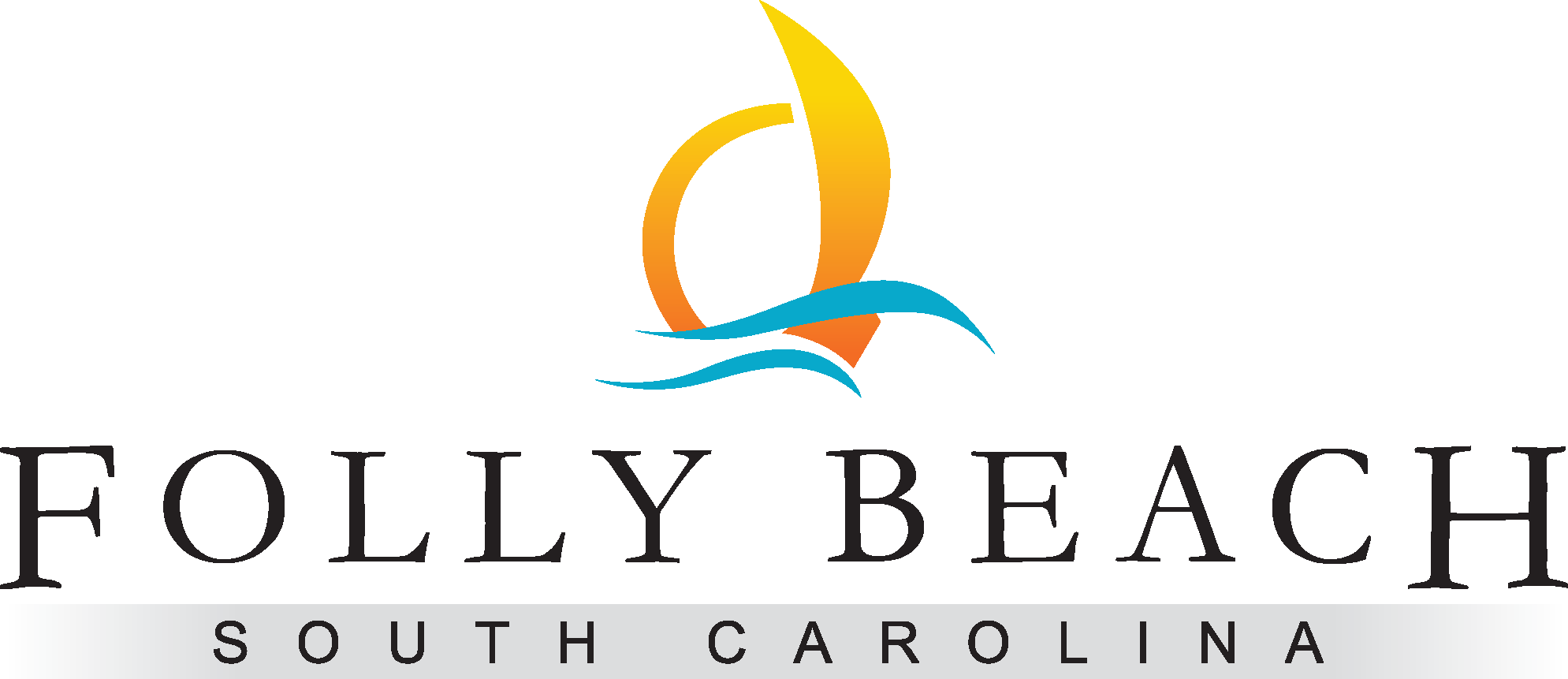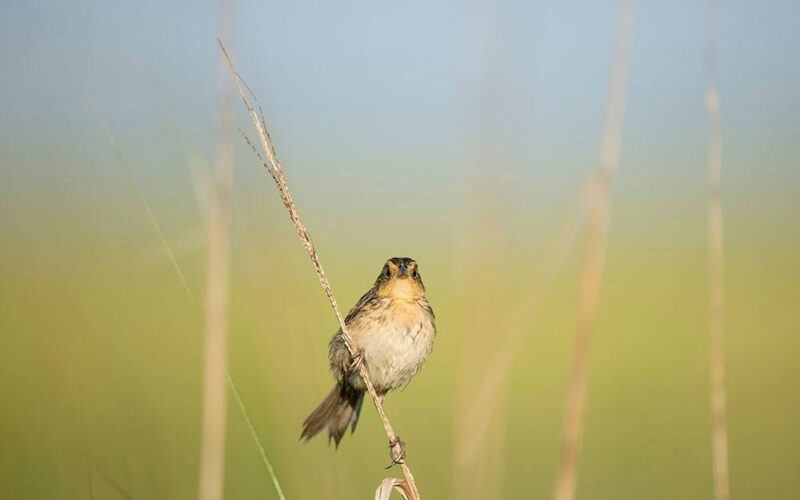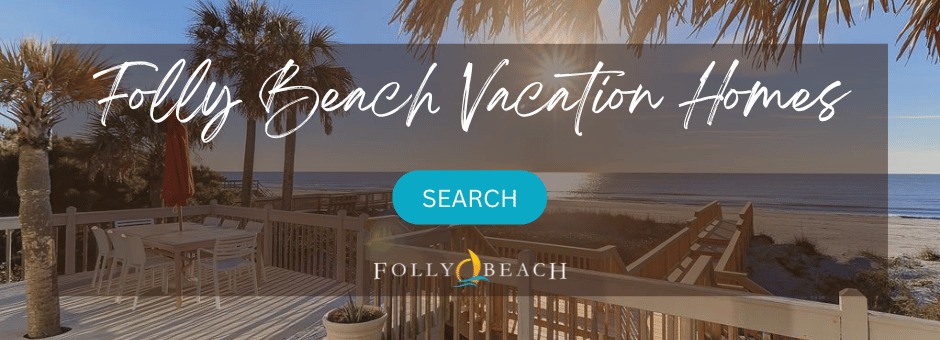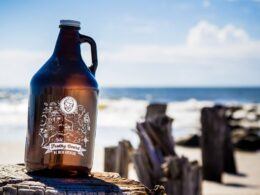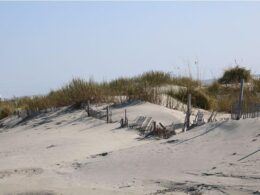Audubon has released an extensive new report called “Survival by Degrees: 389 Species on the Brink,” that shows the potential impacts on birds’ range, nesting and migration patterns from climate change.
Primary findings indicate that two-thirds of bird species in North America are at risk of extinction from climate change. The study features a zip code locator where you can see what birds in a specific area are most threatened by climate change and what those specific threats are by season. It also shares ways you can help protect birds where you live.
So, what are the year-round or seasonal denizens of Folly that are most at risk from the projected temperature increases linked to climate change?
This varies based on the amount of projected temperature change and according to season. Scientists agree that we should take immediate action to hold warming at 1.5 degrees Celsius or else face increasingly dire consequences, and that if we do nothing, a 3-degree temperature spike could occur by 2080.
According to Audubon, rising temperatures and shifting weather patterns affect birds’ ability to find food and reproduce, which over time impacts local populations, and ultimately continent-wide populations.
Key findings in the report include that at a 1.5-degree Celsius temperature change increase, birds and people in Folly Beach and Charleston County in general can expect to face up to three environmental threats such as urbanization, sea-level rise and intensified heat.
The most vulnerable birds under this climate scenario whose summer range includes Charleston County and Folly are the least tern, fish crow, brown-headed nuthatch and the yellow-throated warbler. No birds whose winter range includes Folly and Charleston County are considered vulnerable under this scenario, but six species are listed as moderately vulnerable.
However, when the warming scenario increases to 3 degrees Celsius, we see even more potential threats to our area including the danger of droughts, urbanization, sea-level rise, heat and heavy rain.
As a result, even more bird species whose summer range includes Charleston County become susceptible to these multiple threats.
The highest vulnerable species in this scenario increases to 10 bird species, which in addition to the brown-headed nuthatch, fish crow and yellow-throated warbler include the red-headed woodpecker, wood thrush, brown thrasher, eastern towhee, worm-eating warbler, boat-tailed grackle and the pine warbler.
Of birds whose winter range includes Charleston County and Folly, three are considered highest vulnerable species: the brown-headed nuthatch, the saltmarsh sparrow and the Baltimore oriole.
It is predicted that both high and moderately vulnerable bird species could lose up to half their range in a 3-degree temperature rise scenario, as they are forced to search for more suitable habitat and climate conditions elsewhere.
Although the news sounds daunting, it’s not all doom and gloom. If we take action now, the science shows that we can help improve the chances for 76 percent of species at risk.
The study notes that one of the best ways to address this threat is to reduce warming by lowering carbon emissions and curbing greenhouse gases. In fact, the threat to birds and people is drastically reduced if we limit warming to 1.5 degrees Celsius. You can act as a citizen by urging your congressman to support bills that would switch us from dependence on fossil fuels to more renewable energy sources.
One way you can get involved and help birds locally in your community is by signing up with Audubon to become a climate advocate. The report features a navigation bar with an option to register.
After all, healthy bird populations are an indicator of a healthy environment, and we all want to protect the places where we live.
